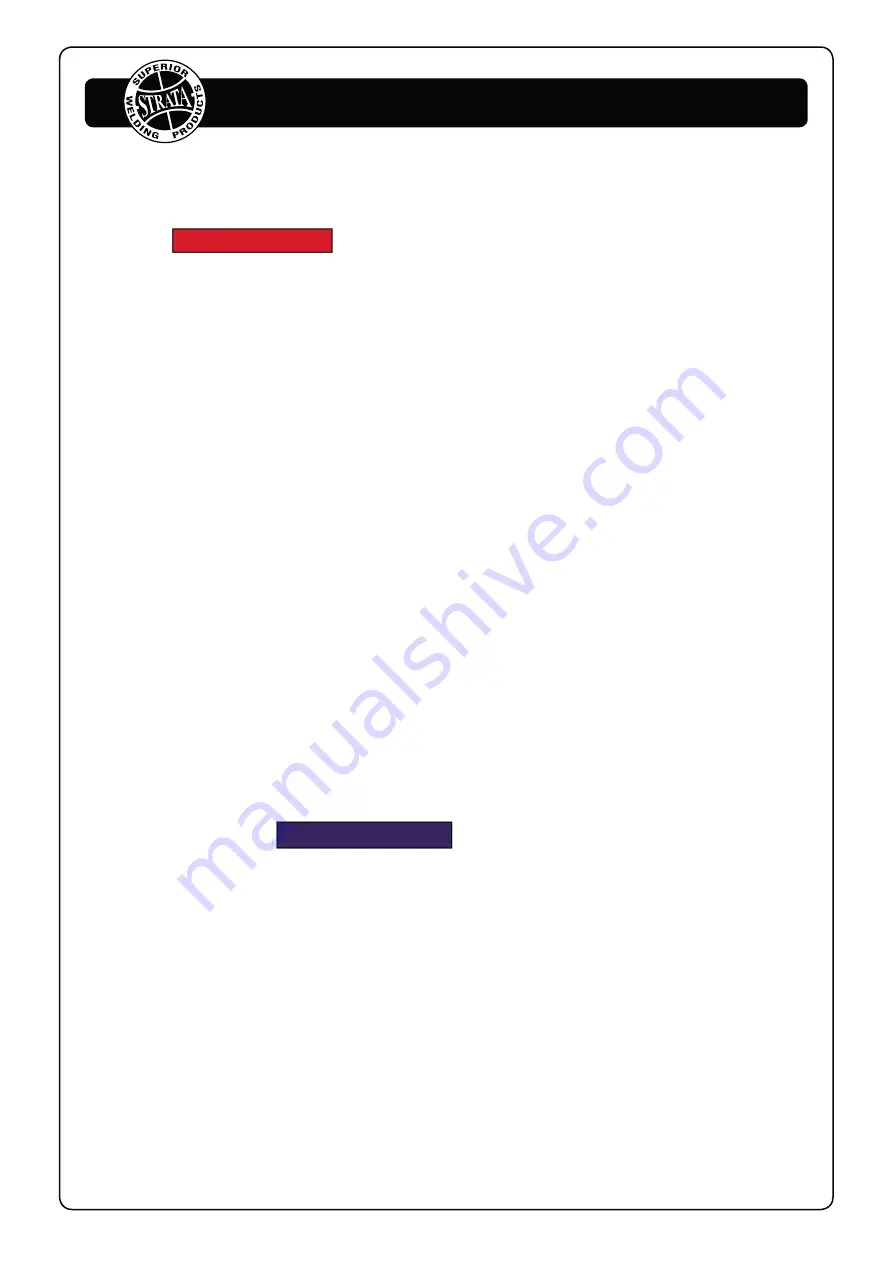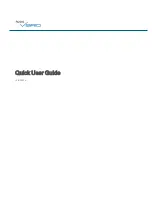
material being welded, amps required and whether you are using AC or DC welding current.
Tungsten electrodes are colour-coded at the end for easy identification.
Thoriated
Thoriated tungsten electrodes (AWS classification EWTh-2) contain a minimum of 97.30 percent
tungsten and 1.70 to 2.20 percent thorium and are called 2 percent thoriated. They are the most
commonly used electrodes today and are preferred for their longevity and ease of use.
Thorium increases the electron emission qualities of the electrode, which improves arc starts and
allows for a higher current-carrying capacity. This electrode operates far below its melting
temperature, which results in a considerably lower rate of consumption and eliminates arc
wandering. Compared with other electrodes, thoriated electrodes deposit less tungsten into the weld
puddle, so they cause less weld contamination.
Thorium is a low-level radioactive hazard and many users have switched to other alternatives.
Thorium is an alpha emitter but when enclosed in a tungsten matrix, the risks are negligible. Thus
holding a stick of Thoriated tungsten in your hand should not pose a great threat unless a welder has
open cuts on their skin. Thoriated tungsten should not get in contact with open cuts or wounds. The
more significant danger to welders can occur when thorium oxide gets into the lungs. This can
happen from the exposure to vapours during welding or from ingestion of material/ dust in the
grinding of the tungsten. Follow the manufacturer's warnings, instructions, and the Safety Data
Sheet (SDS) for its use.
E3
(Color Code: Purple)
E3 tungsten electrodes (AWS classification EWG) contain a minimum of 98% percent tungsten
and up to 1.5 percent Lanthanum and small percentages of Zirconium and Yttrium they are
called E3 Tungsten. E3 Tungsten Electrodes provide conductivity similar to that of thoriated
electrodes. Typically, this means that E3 Tungsten Electrodes are exchangeable with thoriated
electrodes without requiring significant welding process changes. E3 deliver superior arc starting,
electrode lifetime, and overall cost-effectiveness. When E3 Tungsten Electrodes are compared with
2% thoriated tungsten, E3 requires fewer re-grinds and provides a longer overall lifetime. Tests
have shown that ignition delay with E3 Tungsten Electrodes actually improves over time, while 2%
thoriated tungsten starts to deteriorate after only 25 starts. At equivalent energy output, E3
Tungsten Electrodes run cooler than 2% thoriated tungsten, thereby extending overall tip lifetime.
30
www.strata.co.nz
EZITIG 205DC
















































